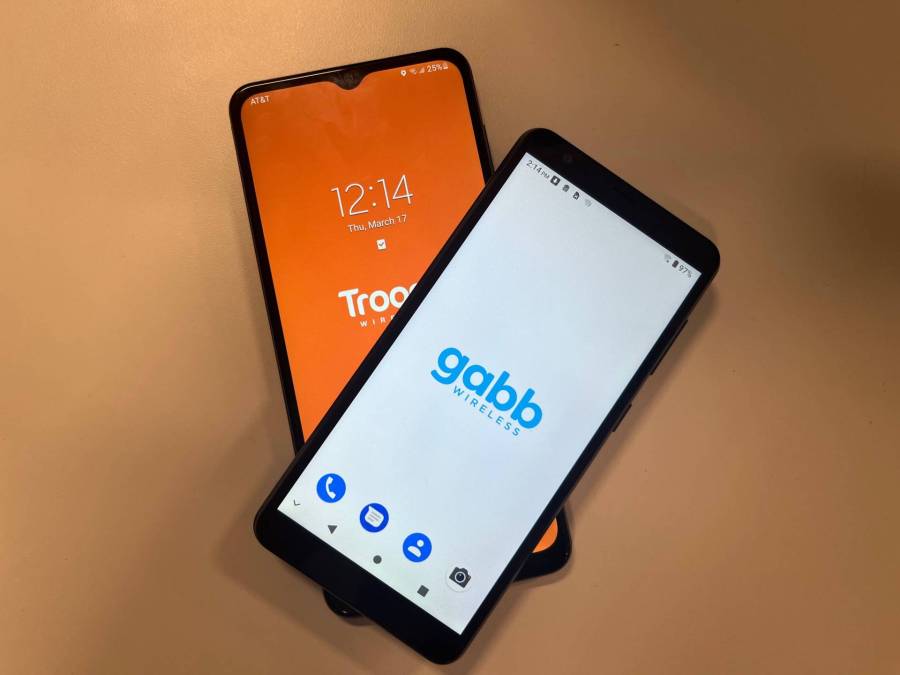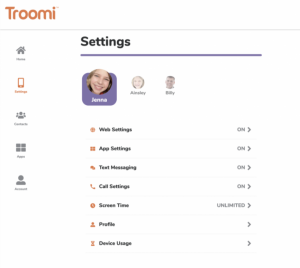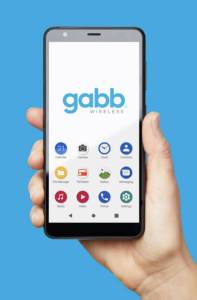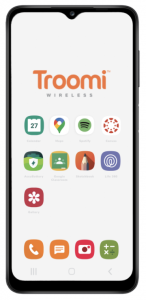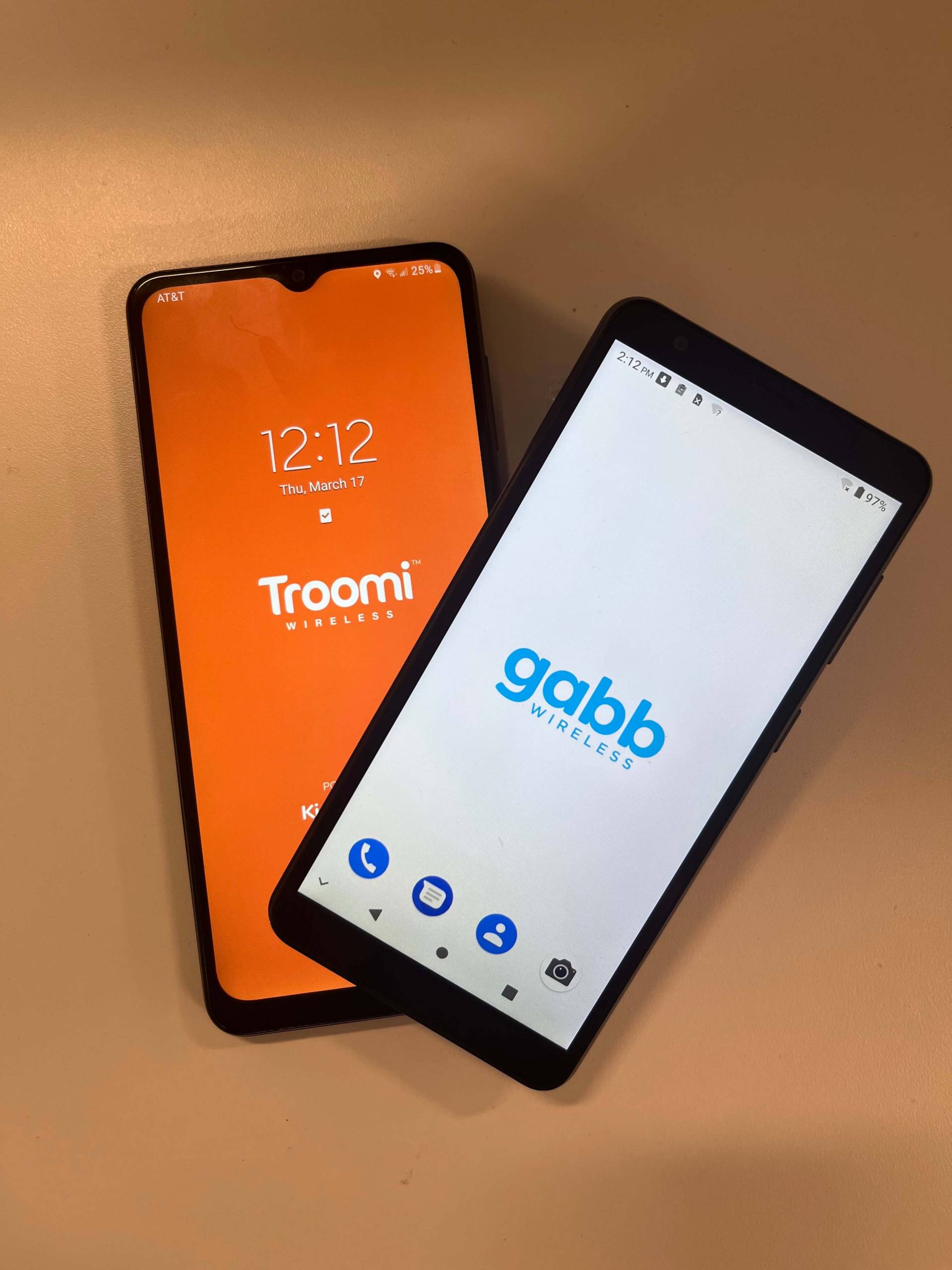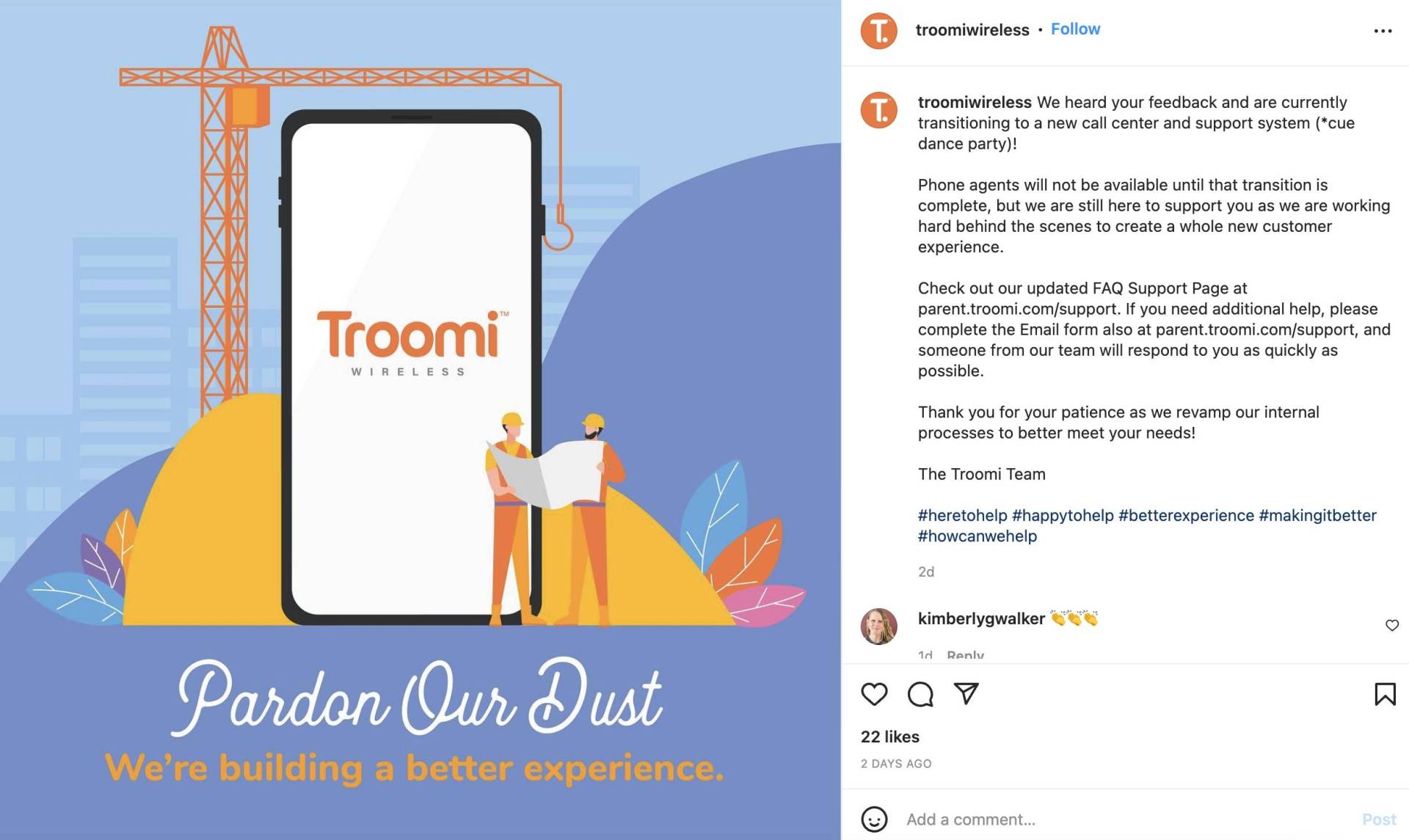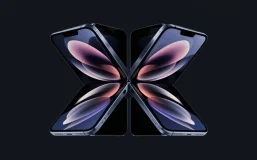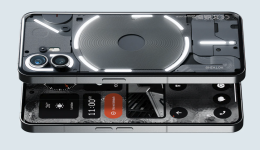Smartphone usage is exploding among kids, and it’s not difficult to see why. Smartphones may as well be attached to the hip on most adults: and kids are observing and mimicking that behavior.
Herein lies the problem: more and more kids want to use smartphones, and it’s essential to prepare children for smartphone usage when they’re older, but kid’s phones and kid-focused devices are few and far between. So how do parents properly prepare their kids?
While iOS and Android devices have parental controls that can be enabled and customized, they are limited and can even be disabled if a person isn’t careful.
So, to ensure that their children are getting the most out of their first cell phone experiences, more and more parents are opting for phones designed specifically for kids. Even once they decide to get a kid’s phone, the question remains: which one is best?
Here we’ll compare two different options that parents may be considering: Gabb and Troomi. While Gabb’s phones have a well-established reputation for keeping kids safe and minimizing screen time, Troomi is a relatively new entrant into the market. Here are how the two companies’ phones compare with one another:
Security: How Safe are Gabb and Troomi?
It’s the question on the mind of every parent getting ready to buy a new phone for their child: how safe is it? The answer for both Gabb and Troomi phones is exceptionally safe; both are designed with children in mind and are suitable for a wide range of ages as well. That being said, there are still some critical differences between the two that parents will want to be aware of.
If security is top priority, Gabb provides the ultimate safe experience, as their phone has no access to internet browsing, addictive games, or social media. A parent can have peace of mind that their kid won’t be exposed to pornography or other harmful material.
Troomi’s KidSmart operating system is their primary source of security. The goal of KidSmart is to give users a smartphone-like experience while still providing safety during usage. Similar to iPhone and Android parental controls, the KidSmart OS aims to block and filter adult material when the child is using the internet. KidSmart connects Troomi phones back to software accessible by the user’s parents, allowing them to both monitor and customize the phone’s capabilities. However, KidSmart internet access costs extra.
App Security
The same principle that governs internet usage within Troomi’s KidSmart OS also applies with the app store. The system whitelists a number of “KidSmart Apps” that have been pre-approved for download by Troomi users.
In addition, the system excludes any apps that may feature inappropriate content or rely upon addictive mechanisms. However, if a parent would like access to their KidsSmart Apps, they will have to pay for the higher plan (more on pricing later).
On the other hand, Gabb phones place a hard embargo on capabilities like these. There’s no internet browsing, social media, or traditional app store access on Gabb’s hardware. While this may sound prohibitive at first, it’s the single best promise of security that a kid-focused phone can offer, relieving a parent of the burden of their child possibly being exposed to pornography or other addictive content.
Because a Troomi phone’s capabilities can be adjusted by a parent from another device, the possibility that a child could also find a way to do so themselves is a risk. With Gabb phones, not even parents could integrate internet access or app downloads onto the device.
Prioritizing Safety Preferences
Troomi phones try to block adult content in a way that most kids won’t bypass. But what if there’s an approved KidSmart app that parents don’t want their child having access to?
Kids can still access apps approved by KidSmart, even if a parent hasn’t vetted it first. This loophole may be too much for some parents. In this respect, Gabb is the “safer” option, since lack of internet prevents this issue in the first place.
Parents could also think of phone security in terms of their own peace of mind. As effective as Troomi’s security systems may be, they still require careful management on the part of the parent. This has its benefits; many of which will be discussed later. But, it’s also a potential negative for parents not interested in paying close attention to their child’s phone usage. With Gabb, there’s no need to manage parental controls because there are no parental controls built in; the phone arrives fully secure.
Additional Safety Preferences
Outside of the internet, both phones have a number of features that ensure security for younger users. Both phones include GPS-enabled location services. This means that a lost phone can be found at the push of a button. Gabb has additional GPS features that they call “Safe Zones.” Gabb’s Safe Zone feature can be set up by a parent, notifying them when their child has entered or left a specified area. Multiple custom safe zones can be set up: the neighborhood, school, or anywhere the parent chooses.
When it comes to security between Gabb and Troomi — ultimately, it comes down to how much the parent wants to manage their kid’s phone usage. The final takeaway should be that both phones are highly secure, but parents who want greater peace of mind may be attracted to Gabb’s more pared-down features list.
Gabb and Troomi Phone Capabilities
While parents may want their child’s phone to be as safe as possible, they also want their kids to learn the basics of how to use a smartphone effectively. In order to do that, a kid’s smartphone needs to have some of the capabilities that normal smartphones do — otherwise, a flip phone would do just fine.
Though both Gabb and Troomi’s phones look like traditional smartphones, neither works quite like a smartphone. The difference between the two companies is most pronounced in Gabb’s phones, which as previously mentioned, do not have internet capabilities. Instead, Gabb phones come pre-loaded with 14 apps ranging from music to photos to a calculator. This way kids get a taste of some of the most fundamental smartphone capabilities without the risk of getting exposed to any adult content.
Gabb ultimately focuses on the “phone” part of the smartphone so kids keep in touch with their friends and family, and don’t mindlessly surf the web. Adults can often be over-reliant on using their phones as personal computers, and Gabb’s software ensures that kids don’t fall into the same trap.
Security Capabilities
Because of the wide-ranging capabilities of their phones,Troomi may have some security oversights that can turn off certain parents. Gabb’s phones are great for kids who are just starting out with tech and perhaps are unprepared for more powerful smartphone features. Troomi’s phones are a good option for kids who are almost ready to use traditional smartphones.
How to Manage the Capabilities
Even though there are hard blocks on social media on Troomi phones, parents still have a big say in what their kids have access to. Parents can further limit certain sites or apps through the Troomi device manager. This also means that parents can give their kids access to more features as they grow more mature.
The Troomi device manager also allows parents to remotely manage screen time and phone capabilities. If, for example, a parent wants to make sure that their child isn’t using a certain app during school hours, they can command the OS to block access to that app during particular times of the day. This is another great way to seamlessly reward children for responsible phone use; parents can open up features once the child proves that they can handle the responsibility.
Choosing the Capabilities You Need
Of course, every smartphone feature comes with a tradeoff. As is the case with their security, the expanded capabilities of Troomi’s phones means that parents will need to put extra effort towards managing their child’s phone. Parents will need to make initial decisions regarding what their kids are allowed to access, which they may need to continually update those preferences as time goes on in order to keep pace with their child’s growth.
While there are obvious benefits to an internet-free device for parents, Gabb does limit the capabilities of some apps in consequential ways. Music, for example, is one side of this double-edged sword. MP3s can be added to Gabb phones for kids to listen to, but not all songs can be easily downloaded as or converted into MP3s.
Because music streaming is the norm now, having a device without it may disappoint some kids. Even so, the lack of streaming capabilities may be a relief for parents. Essentially, these measures prevent kids from listening to certain artists or songs featuring adult language and themes.
When it comes to the most important functions of the actual phone itself, both Gabb and Troomi are on even footing. Both offer calls and texting as well as the ability to send pictures and videos. This means that no matter what phone kids choose, they’ll be able to stay connected in all ways that matter.
Network, Specs, and Pricing
At length, all smartphones operate on two crucial levels: software and hardware. Most of this article so far has been dedicated to discussing the software of each device, but parents and kids alike may still want to know about the actual phones themselves. Neither Gabb nor Troomi actually designs and produces the physical products themselves; instead, each loads their own software onto existing devices.
The Gabb phone is a ZTE device that has been loaded with Gabb’s software. Some of its key product specifications include:
- More compact, portable 5.45 inch display
- 8MP main camera and 5MP front-facing camera
- 2GB of RAM and 32GB of long-term storage
- 2650 mAh battery
- Quad Core 2GHz processor
- Fingerprint scanner for device security
Troomi’s phone is a modified Samsung smartphone with specs that include:
- A 16MP main camera and 8MP front-facing camera
- Large, readable 6.5 inch display
- 32GB of internal storage
- 8-core processor
- 2650 mAh battery
Comparing Network and Specs
In terms of specs, both Gabb and Troomi’s devices have significantly more in common than not. Gabb’s phone has slightly less megapixels for its camera, but that may not be as important to parents. The Troomi phone also has a stronger battery, yet both phones keep a full day’s charge with normal use.
In terms of network, both Gabb and Troomi are operating at high calibers. Both networks feature a combination of 5G and 4G LTE and have widespread coverage across the country. Both are ideal for calling, texting, and staying in touch with friends and family alike.
Because Gabb phones do not connect with the internet, brief reductions in network bandwidth would not likely affect regular usage. Likewise, phone use wouldn’t be affected by occasional spots of low coverage. However, it might have an impact on Troomi phones’ regular usage.
Pricing Comparison
Both Troomi and Gabb phones are considerably cheaper than most smartphones on the market, which is a big win for parents when they consider how often kids may accidentally drop or break their phones.
- Gabb Phone Prices: At just $149.99, the Gabb Z2 phone is a very reasonable investment as a starter smartphone for kids. Gabb also provides a $4.99 a month extended warranty for the phone.
- Troomi Phone Prices: Troomi has the option between two phones, the lowest starting at $179.95 and the upper tier phone going for $279.95.
In comparison, the newest iPhone models could cost as much as 8 times that price. This doesn’t just make sense for a one-off investment but it also makes sense in the long term. Falls, accidents, and rough playing are part of being a kid. A child could break — and replace — their phone 5 times over and still incur a lower net cost than most traditional smartphones.
The two companies continue to diverge when it comes to the pricing of their actual plans. Troomi’s lowest plan starts at $19.95 a month for which users receive unlimited talk and text. If parents want access to Troomi’s KidSmart browser and apps, they would need to purchase their highest plan at $29.95.
Gabb, on the other hand, offers lower priced contract plans, as well as month-to-month. Gabb’s lowest plan starts at $17.99 a month, which gives users access to unlimited talk and text across the network. Also, for $4.99 more a month, pictures and group text messages are enabled.
The Gabb monthly plan may be more expensive than one of their contract plans, however the allure of a no-contract phone might be enough to justify the higher price to many parents.
Weighing the Network, Specs, and Price
Troomi’s $19.95 a month flat rate for their lowest plan is similar to Gabb’s lowest monthly plan of $17.99, but Troomi lacks some of Gabb’s additional cost-saving programs. One of these includes Gabb’s referral program. Families referred to Gabb by existing Gabb customers will see a $30 discount from their initial purchase. The Gabb phone plan is also completely free during its user’s birthday month every year.
Support and Community
The differences between Gabb and Troomi start to come to light with their customer support and community, and where Gabb pulls ahead. Troomi is a brand new company offering a new product whereas Gabb has been in the “tech for kids” space since 2018. For most industries, this would make no difference; for kid phones, though, the answer is a bit more complicated.
Every parent buying a smartphone for their child is beginning a long, tumultuous journey. How can parents expose their child to relevant technology while also limiting their screen time, allowing them to connect with their friends, AND preventing them from any harmful content?
It’s difficult for one product to answer these questions all by itself. What parents need is something a little bit more substantial.
Gabb’s website features an extensive list of tips and tricks for parents that are just beginning this journey. Additionally, Gabb has a regularly-updated blog for staying abreast of the latest in the world of parenting tech-literate kids. Troomi simply hasn’t had the time to develop this kind of cultural infrastructure yet. When a parent buys a Gabb phone for their child, they’re buying into a community dedicated to ensuring the best possible outcomes for children in the age of smartphones.
Additional Helpful Resources Offered
Dedication to helping children succeed is particularly evident when it comes to Gabb Life, Gabb’s primary outreach effort. Gabb Life regularly runs contests for young athletes, artists, singers, and other kids trying to make the most of their childhood. Then, the winners of these contests can receive cash prizes and gear to help them further their dreams. Even for those Gabb users that don’t win or even participate, there’s Gabb TV: a collection of videos, articles, and interviews featuring young Gabb Ambassadors showcasing their skills and inspiring other young people to do just the same.
While not all parents will be taken with this kind of community, many will be able to see just how valuable such a thing could be to a young smartphone user — seeing others successfully balance phone use with real-life activity and success. At the end of the day, it doesn’t matter how much a parent “dumbs down” a smartphone; kids are going to want to spend time on it. The key to reducing screen time is endlessly curtailing device capabilities but offering meaningful alternatives. The community and support offered by Gabb can help parents do just that for their child.
Customer Service
With Troomi being a newer company, it is no surprise that customer service can be one of the higher pain points of their product. Currently Troomi has shut down their customer phone support until May 1st, 2022.
On the other hand, you can be connected to a Gabb support representative within 60 seconds.
The Verdict
Any serious investigation of Gabb and Troomi phones will reveal the same answer; They’re both great options for parents looking to introduce their children to the world of smartphones. The differences are slight, but they may be significant for some families. The ability to add and remove features on Troomi phones may give it a longer lifespan for some kids. At the same time, the minimal security micromanaging required by Gabb phones will be a huge appeal for many parents. It’s not that one phone is decidedly better than the other; it’s that the two devices will have different levels of appeal to different parents and kids.
Both phones are safe, effective, and highly affordable for smartphones. Parents need to make the choice based on what they’re comfortable with. The Gabb phone offers more safety and security, providing peace of mind for avoiding addictive tech behaviors and harmful content. Troomi offers a more “hands-on” approach to monitoring what children can do while using technology wherever they go. Either way, making that extra step to protect children from the dangers of tech seems like a good way to go!
Updated April 16, 2022
Image Credit: Katerina Holmes; Pexels; Thank you!
